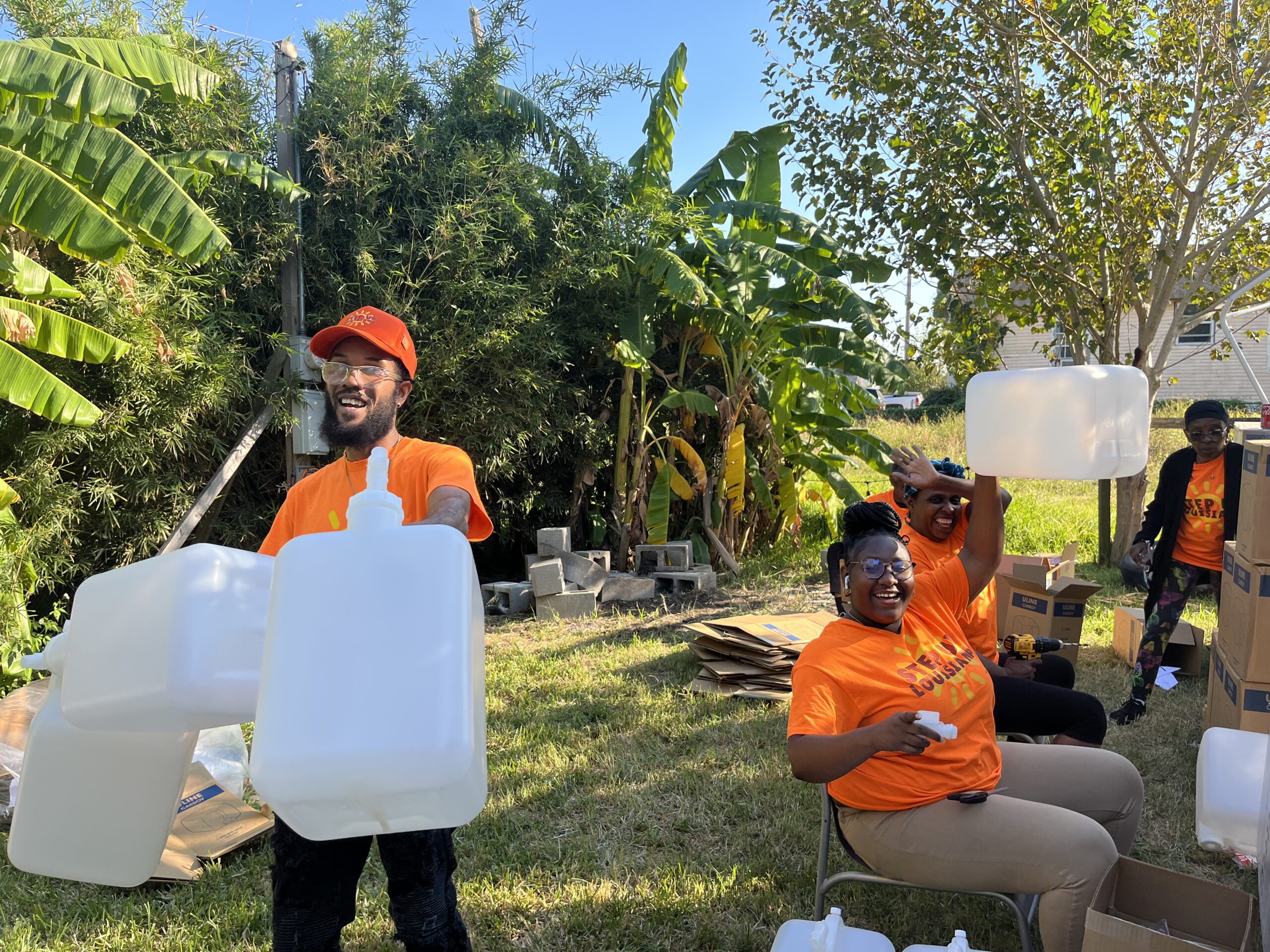Solidarity in times of crisis: Funding mutual aid
1 p.m. ET / 12 p.m. CT / 5 p.m. GMT

“Grassroots mutual aid trusts those most impacted by disasters to know what they need and provides the ability to self-advocate, rather than prescribing a one-size-fits-all solution.”
~Miriam Belblidia and Chenier Kliebert
Mutual aid transforms how communities respond to disasters. Unlike traditional charity models, mutual aid promotes solidarity, co-governance and collective care. It is not simply the exchange of goods or services, but a practice rooted in self-organization, direct action and social transformation. It recognizes that everyone has needs and something to offer.
Professor Dean Spade writes, “Mutual aid describes the work we do in social movements to directly support each other’s survival needs, based on a shared understanding that the crises we are facing are caused by the system that we’re living under.” His framing challenges funders to rethink their role, not as saviors or leaders, but as partners in community-led recovery.
CDP hosted a webinar to explore how mutual aid operates in disaster contexts, what distinguishes it from charity, and how funders can support these models without co-opting or diluting the power of those closest to the need and solutions for equitable recovery.
CDP Director of Coalition Building Taylor Dudley moderated the discussion with the following panelists:
- Stacie Fugate, Executive Director, Appalachians for Appalachia
- Chenier “Klie” Kliebert, Co-founder and Executive Director, Imagine Water Works
- hajooj kuka, member of the Emergency Response Rooms in Sudan
Promotional support for this webinar was provided by Giving Compass, PEAK Grantmaking, Philanthropy New York, The Funders Network, United Philanthropy Forum, Appalachia Funders Network and Alliance Magazine.
Please see the slide deck and watch the webinar recording to learn more:
Resources mentioned during the webinar
Organizations featured
Videos
- aKasha – A film directed by hajooj kuka
- Beats of the Antonov – A film made by hajooj kuka and Steven Markovitz
- 2025 Right Livelihood Laureate Emergency Response Rooms – A video describing a Sudanese grassroots, community-led network.